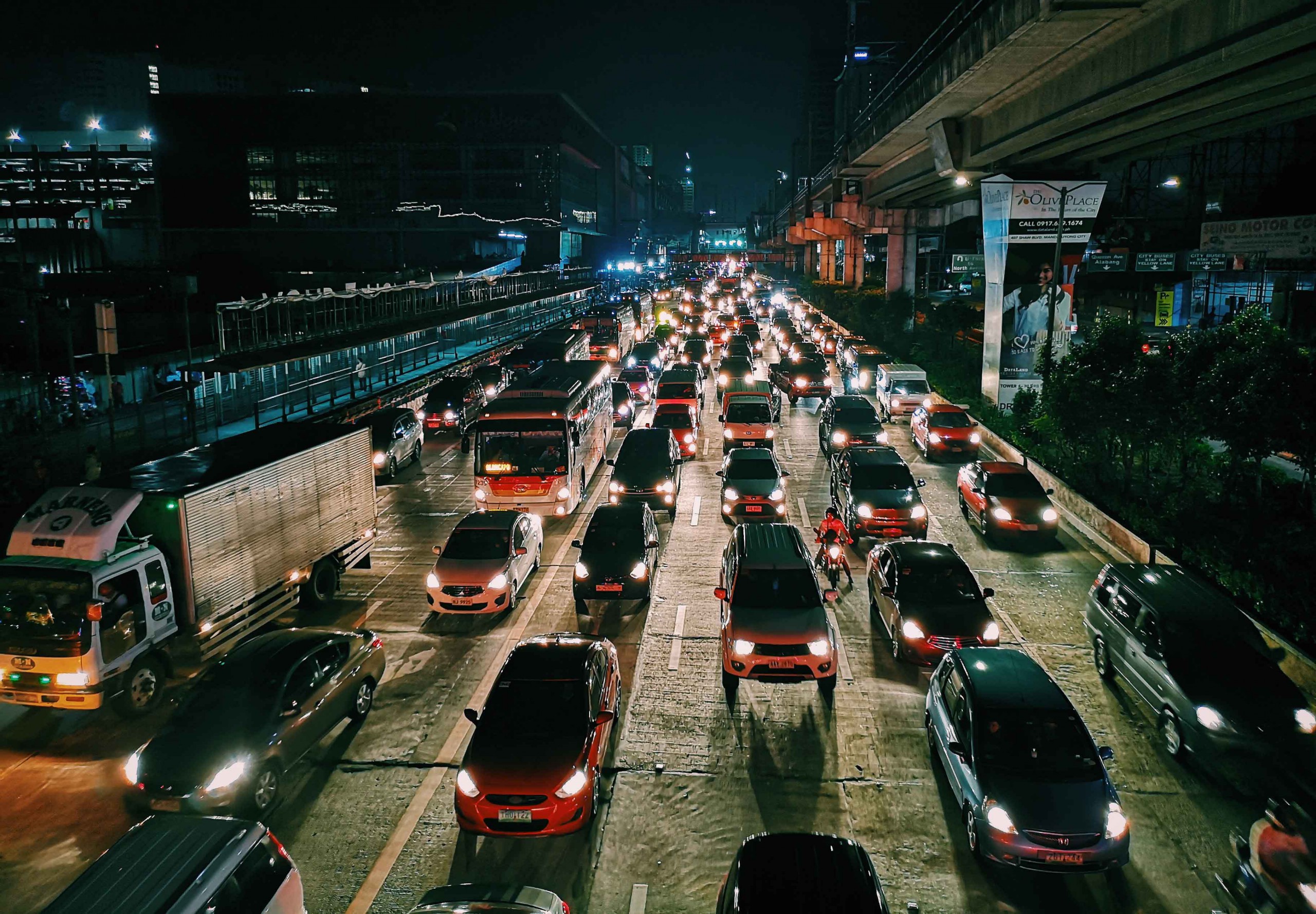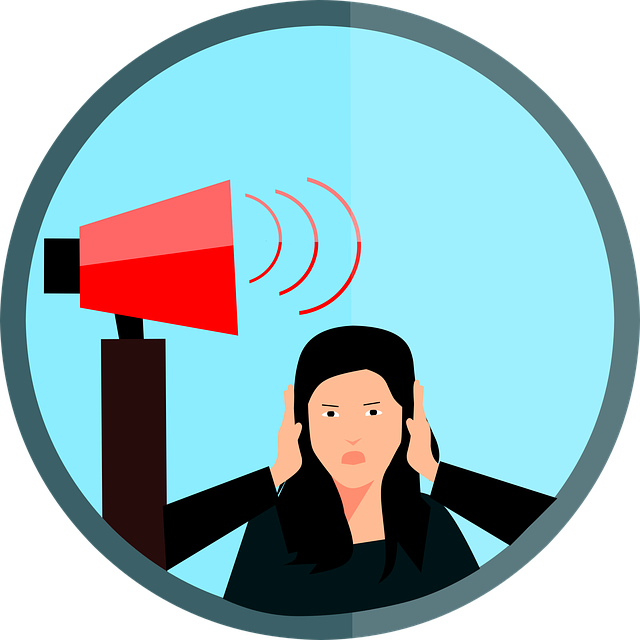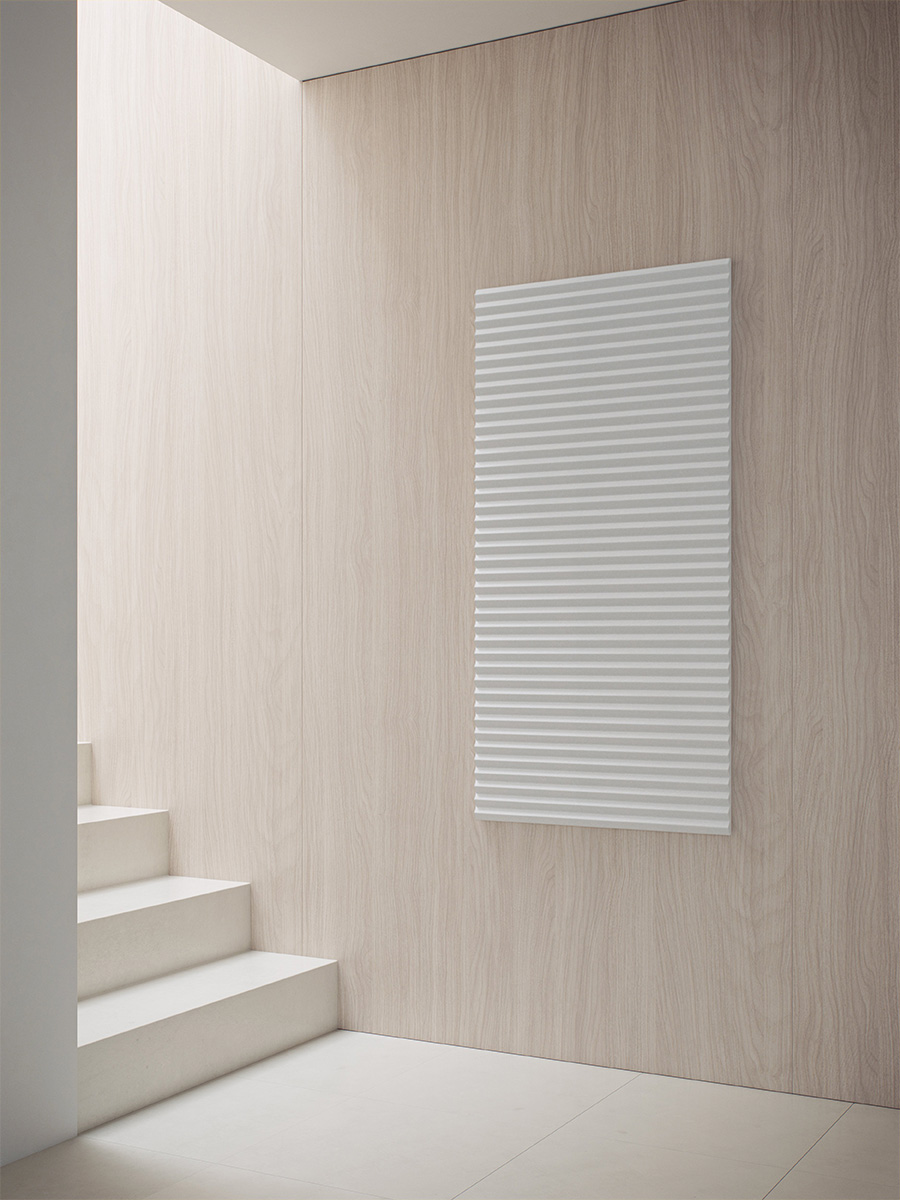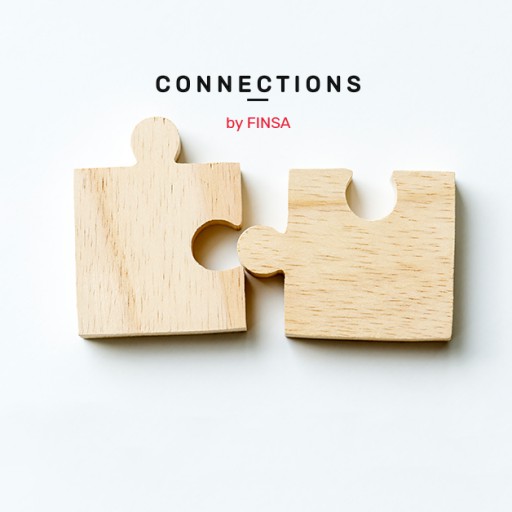Environmental pollution is one of the biggest problems in modern society and we are all aware of the need to reduce our waste. But what about the pollution that we can’t see? The fight against noise is more important than it seems.
What is noise pollution?
Traffic, construction work, industrial activity – noise generated by human activity is the main source of noise pollution and it’s everywhere. It’s not just unpleasant sounds that annoy us, but also excessively loud ones. Despite WHO pointing out that it is a public health issue that has grown exponentially in recent years, noise pollution is a problem that gets little attention. Yet, 110 million European citizens are being subjected to the 55 decibel limit established by the European Environment Agency (EEA) as acceptable.
Perhaps it’s because the source of the pollution, the noise, has some specific characteristics. The first is somewhat subjective: people have different thresholds for tolerance. Moreover, we only perceive it with our ears, it doesn’t leave any waste and it doesn’t accumulate in the environment, which means we underestimate its effects. But some effects accumulate in the human body.
Noise is also difficult to measure and quantify. However, different studies are trying to do so. According to the latest study published by Mimi Hearing Technologies, India, UAE, and Turkey are the noisiest countries in the world. The noisiest areas are in the cities: Guangzhou, Cairo, Paris, Beijing, and Delhi are leading the way.

How does noise pollution affect us?
The EEA estimates that ambient noise causes at least 16,600 cases of premature death in Europe every year, almost 32 million adults suffer from stress and another 13 million suffer from sleep disorders. Repeated exposure to damaging levels of noise can also cause a long list of illnesses. A study by the Imperial College London showed that traffic noise increases the possibility of suffering from a heart attack, as well as the risk of diabetes and hypertension, among others.
Is the anything else? Yes, actually – noise reduces performance at work and causes changes to social behaviour, as the natural tendency to help one another disappears. When it comes to children, several studies show that students at schools that are exposed to high levels of noise present with more learning difficulties.
But noise pollution doesn’t just affect us. Animals suffer from stress when subjected to high levels of noise pollution and the consequences even affect the peaceful haven that is the ocean. Different studies that were part of Ocenoise 2017 showed that noise generated by human activity on the high seas, such as boat transit, wind farms, or oil rigs, disturb marine life.

Towards acoustic comfort
The acoustic aspect is becoming more and more relevant when it comes to choosing a material to make an object, but above all for interiors. And the more people that that interior space will welcome, the more importance is given to the acoustic design, a design which can’t be seen but that allows you to have, or not have, a normal conversation at a bar, in the office, at a restaurant…
This trend is becoming obvious at the main design fairs. At BAU 2019, cork was one of the star materials, as it combines noise reduction properties with sustainability. At the latest edition of the Stockholm Furniture fair, we saw the acoustic pulp panels by BAUX, a bio-based material used for wall and ceiling cladding which is made from organic waste and is designed to improve acoustics in the workplace. Some of the workspaces that we saw at Orgatec 2018 integrate acoustics into the ergonomics of the space and are looking to improve this in order to increase worker productivity.

The very latest: bone conduction headphones
You’ve probably already seen them. They are headphones which don’t sit in your ears, but rather on your cheekbones, and the vibrations spread across your skull until they reach the internal part of your ear. Some of the advantages include not damaging your eardrums and allowing you to hear ambient sound. Although, considering the noisy scene we’ve just painted, do we really want that?



